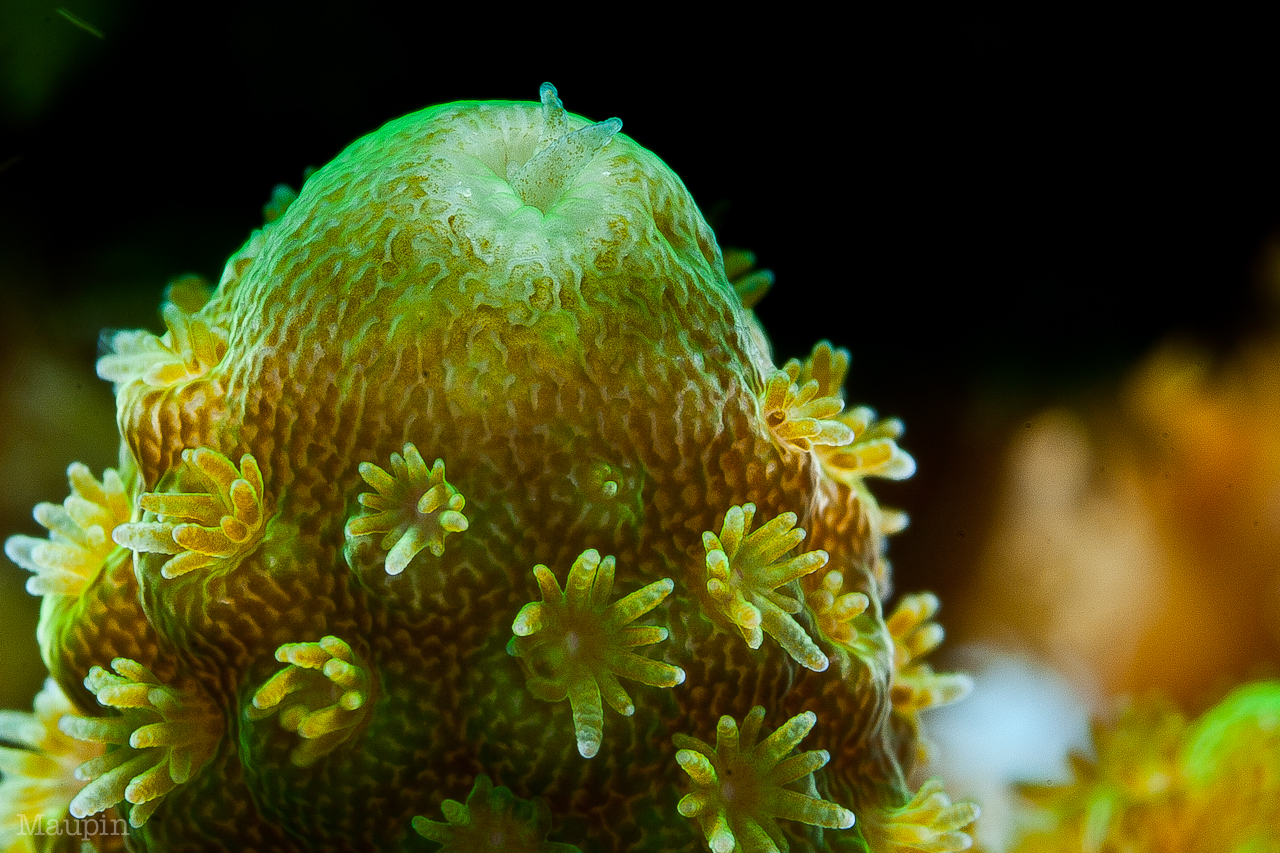Shooting at relatively wide aperture, you may not even know your sensor has dust. Suddenly you get the opportunity to shoot some macro images. Excitedly, you open the RAW files in your processing software only to realize you have the dreaded “sensor dust”, the bane of every macro photographer.
Over time, especially with heavy lens changes, or, in my case, extremely dirty fieldwork, the “sensor” of a DSLR can become dusty. Actually, “sensor dust” is a bit of a misnomer: the dust is not actually on the sensor, but on the filter that coats the sensor. If you want to check whether your (DSLR) body is infested, and how badly, stop the aperture down very tight, say f16, and take a photo of a white surface. Make sure you are sitting down when you open the resulting image in your processing software…
Opinions on the best way to clean sensors range far and wide, and there are a variety of resources out on the web as to how you, the user, can clean the sensor without sending back to the manufacturer.










Dust is less of an issue these days with cameras that offer ultrasonic sensor cleaning features. When you have dust on your sensor, the first step is to put the camera in sensor-cleaning mode and use a blower. Hold the camera face down to increase the chances that the dust will fall out of the housing. The best blowers are the Rocket units because they draw air in from the bulb end and shoot it out through the nozzle. Most bulb blowers suck “new” air in through the nozzle, effectively inhaling the dust you just blew out of the camera housing and re-depositing it with the next blow.
If the blower doesn’t get the job done, and having tried just about everything to clean dust, I’ve found the Arctic Butterfly tool to be most effective. See it here: http://www.visibledust.com/products3.php?pid=3
When changing lenses in the field you can prevent a lot of dust by first turning your camera off. Place your body with the wind to your back. Have the “next” lens ready. Remove the lens from the camera body, keeping the camera front facing down. As quickly as possible, insert the next lens. It also, obviously, helps if you minimize lens changes in the field, particularly on windy days.
Gary
Good stuff Gary!